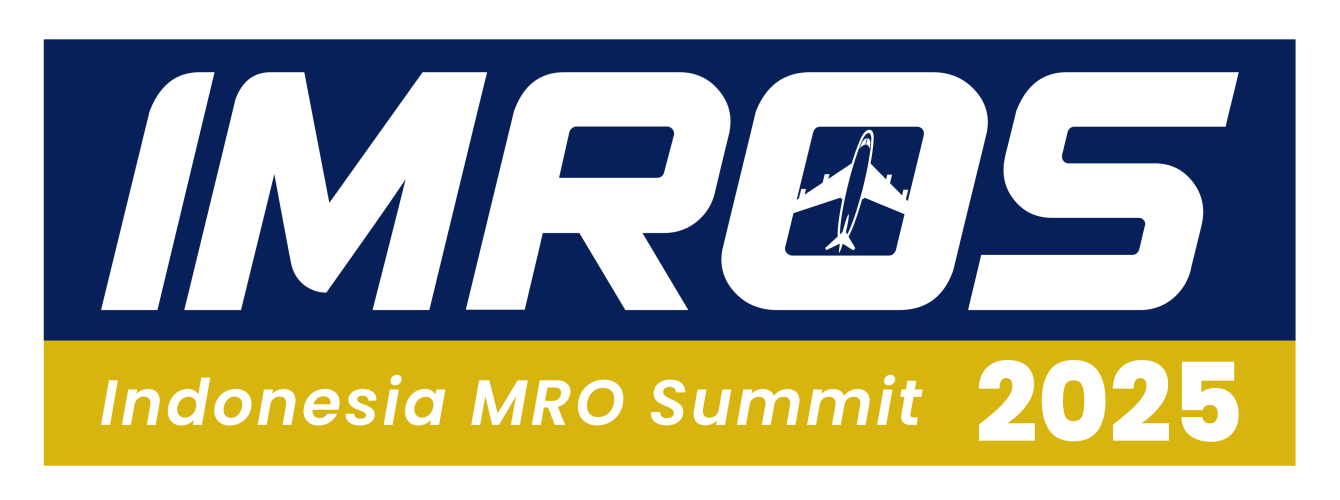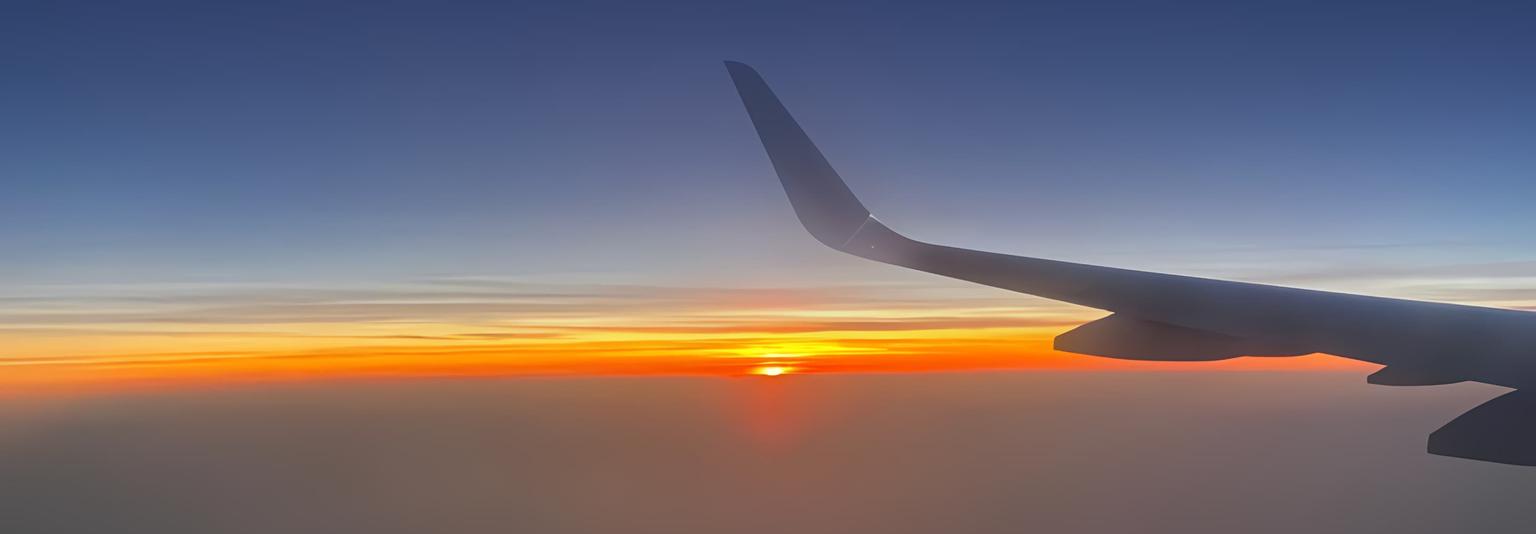Indonesia is increasingly solidifying its position as a key business aviation market in Southeast Asia. As of 2024, there are 57 registered business jets, making it the second-largest market in Southeast Asia and sixth in the Asia-Pacific region. The rise in demand is driven by the growing number of local High-Net-Worth Individuals (HNWIs), the country’s complex archipelagic geography, and the growing need for efficient corporate mobility solutions.
1. Aircraft Types and Popular Models
Indonesia’s business aviation fleet includes a wide range of aircraft designed to meet diverse mission profiles — from short regional hops to long-haul intercontinental flights. Aircraft are typically categorized based on standard industry classifications relating to size and range capability:
a. Heavy Jets (Around 30.4% of the fleet)
Heavy jets feature spacious cabins, advanced avionics, and long-range capabilities. These aircraft are ideal for intercontinental travel and comfortably accommodate 10 to 14 passengers.
Most Popular Models:
· Embraer Legacy 600 – known for its reliability and spacious cabin.
· Bombardier Global 5000 – favored for its long-range performance and comfort.
These aircraft are typically used by corporate entities, energy companies, and ultra-high-net-worth individuals who require premium range and space.
b. Ultra Long Range Jets (~23.2%)
Designed for nonstop intercontinental flights, this segment is popular among Indonesian owners who frequently travel to the Middle East, Europe, and Australia.
Common models include the Bombardier Global 6000, Gulfstream G550, and Dassault Falcon 7X.
c. Midsize Jets (~19%)
More cost-effective than heavy jets but still offering solid range and comfort, midsize jets typically seat 7–9 passengers.
Common models: Citation XLS+, Hawker 850XP, and Learjet 60XR.
They are ideal for regional flights within Southeast Asia or Australia.
d. Light Jets (~25%)
Agile, efficient, and relatively affordable, these are ideal for short-haul domestic and intra-regional flights. Typically accommodate 6–8 passengers with a range under 2,000 nautical miles.
Examples include the Cessna Citation CJ series (CJ1, CJ2, CJ3) and the Embraer Phenom 300.
e. Very Light Jets
As of 2023, Indonesia operates only one Very Light Jet — the Citation M2 Gen2, a new-generation entry-level jet used for charter and short-haul missions carrying two to four passengers.
2. Aircraft Ownership Structure in Indonesia
Business jet ownership in Indonesia is overwhelmingly dominated by full ownership. More than 90% of the fleet is fully owned by individuals, family offices, corporations, or charter operators — consistent with regional trends favoring asset control over fractional or lease-based models.
a. Full Ownership Dominates
Preference for full ownership stems from several factors:
· Greater operational and scheduling flexibility.
· Enhanced privacy and control over itineraries.
· Cultural and regulatory preference for asset ownership over shared models.
b. Charter Operator Ownership
A significant portion of business jets are owned by commercial operators offering on-demand charter services for private use. These companies cater to VIPs, multinational corporations, mining firms, and government institutions.
3. Key Operators and Service Providers
Several business aviation providers in Indonesia play a central role in shaping the market by operating, managing, and supporting aircraft owners.
a. Premiair
One of Indonesia’s most established business aviation operators, Premiair manages a fleet of around 8–12 jets ranging from light to heavy categories, including Embraer Phenom 300 and Citation 525. The company offers charter, management, and maintenance services.
b. Travira Air
While better known for industrial and mining support through rotary and turboprop aircraft, Travira Air also operates VIP charter flights using business jets customized for rugged or remote access across Indonesia’s archipelago.
4. Geographic and Economic Drivers of Demand
With over 17,000 islands, intercity travel can be time-consuming. Business jets enable direct point-to-point connectivity, significantly reducing travel time for corporate executives, government officials, and investors.
Economic growth outside Jakarta — in cities such as Surabaya, Balikpapan, Medan, and Makassar — is also driving regional mobility needs. For many businesses, business aviation is not merely a luxury but a strategic operational advantage.
Market Challenges and Outlook
Despite its strong momentum, the sector still faces several challenges, including:
· Airport Infrastructure: Limited FBOs (Fixed Base Operators) and VIP terminals, especially outside major hubs like Halim Perdanakusuma Airport in Jakarta.
· Regulatory Barriers: Import duties, aircraft registration processes, and maintenance infrastructure can hinder growth.
· Public Perception: Business aviation is sometimes viewed as elitist, even though its utility is well established among local corporations.
Nevertheless, the outlook for Indonesia’s business aviation sector remains positive. Growing corporate travel, expanding regional business activity, and an increasing affluent population are expected to drive further demand for private and corporate air travel.
Conclusion
Indonesia’s business aviation landscape is becoming increasingly mature, diversified, and underpinned by strong fundamental demand. Dominated by large and long-range jets, the market primarily consists of fully owned aircraft operated by a mix of corporate flight departments and professional charter providers.
As business connectivity and infrastructure continue to improve, the sector is projected to expand further—offering greater flexibility, accessibility, and efficiency for Indonesia’s elite travelers and corporate leaders. The development of FBOs, aircraft management services, and tailored charter solutions will be key to meeting the rising demand in the coming years.
In collaboration with Jet-Bay
Source: Aviation Week Network




